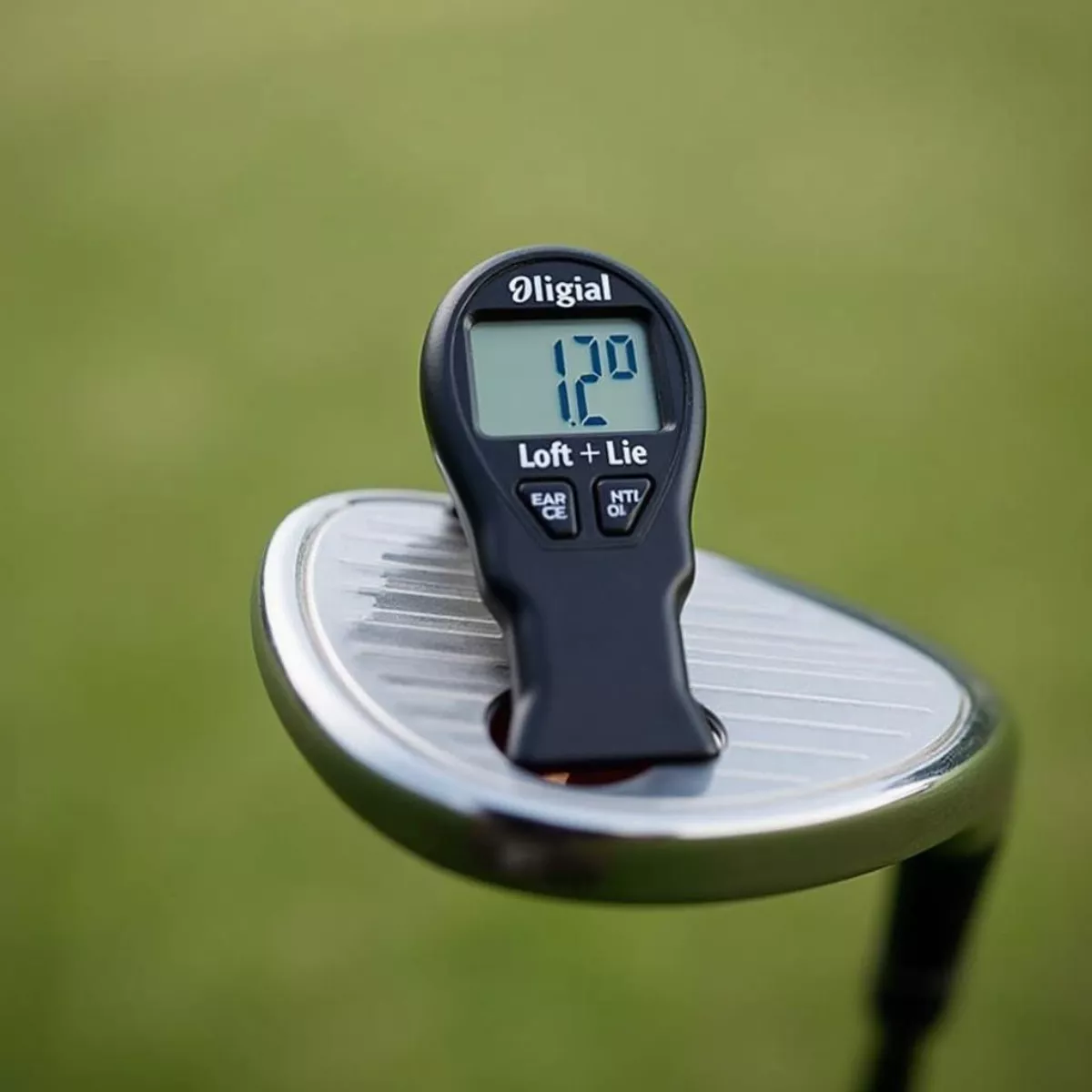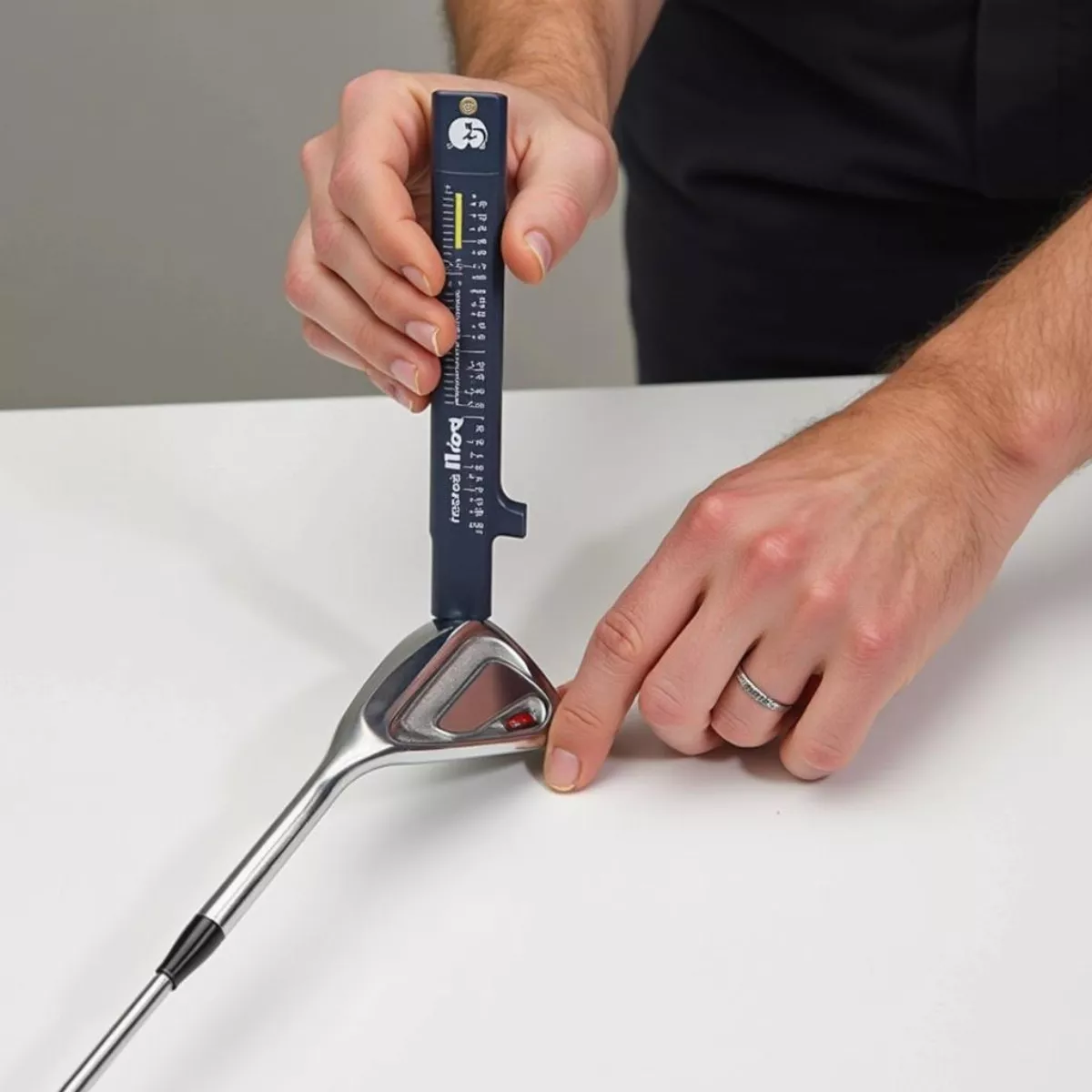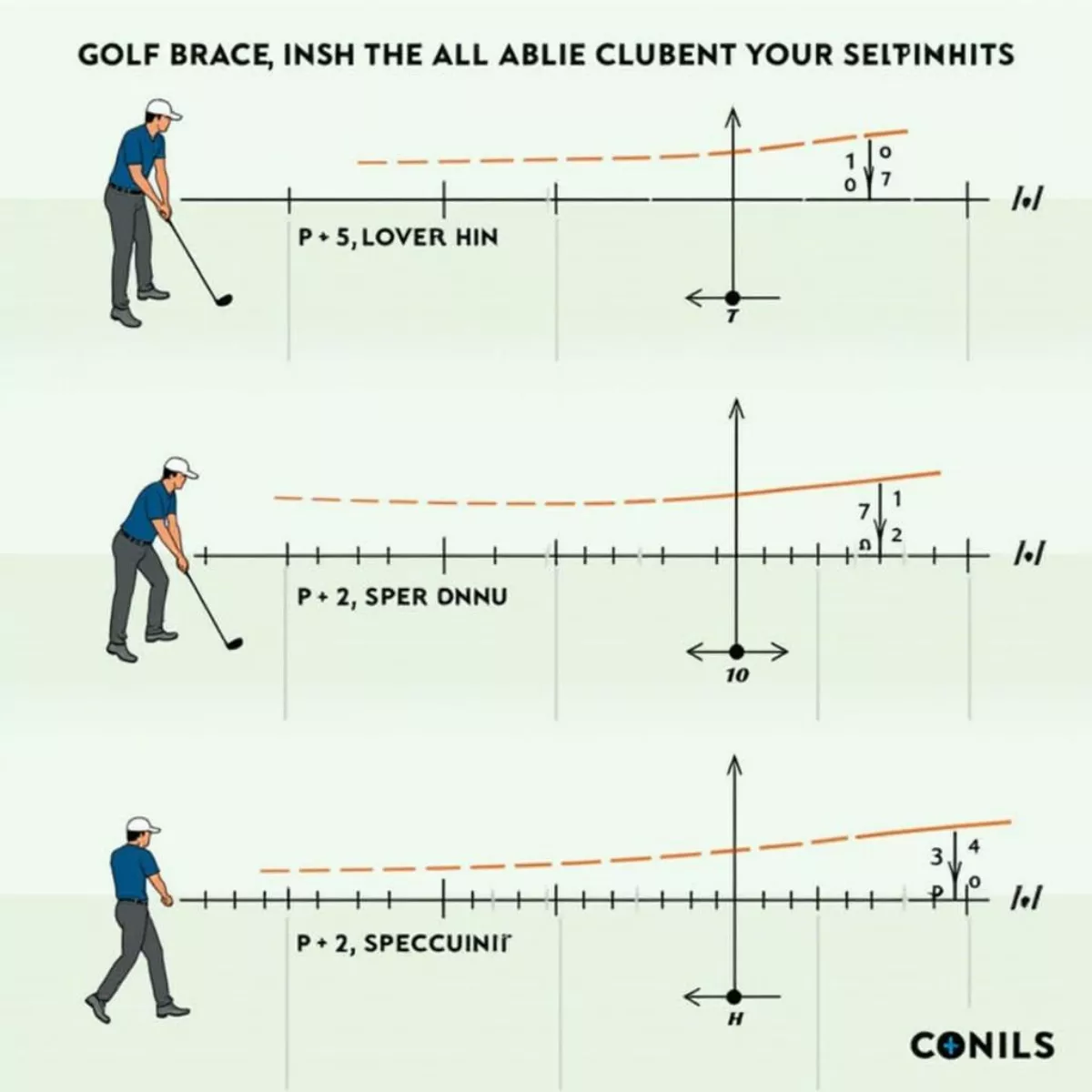Golf is more than just a sport; it’s a science. One of the key scientific aspects of the game lies in understanding equipment, particularly the loft of your golf clubs. Loft can greatly affect your shots, making it essential to be familiar with how to measure it. This guide will walk you through everything you need to know about measuring the loft on golf clubs, ensuring you’ll have the tools needed to enhance your game and elevate your performance on the course.
What Is Loft in Golf Clubs?
Loft refers to the angle of the clubface relative to the ground. The angle at which the clubface is tilted impacts how high the ball travels and how far it carries. Different clubs come with varying lofts:
- Drivers: Typically have the least loft (around 8° to 12°)
- Irons: Loft ranges from approximately 18° for a 3-iron to 48° for a pitching wedge
- Wedges: Usually have the most loft, ranging from about 52° to 60°+
Understanding loft is vital because it affects ball trajectory, spin rate, and distance.
Why Measure Loft?
Measuring the loft of your clubs is important for several reasons:
- Custom Fitting: Ensures your clubs are tailored to your swing style.
- Consistency: Helps maintain consistent ball flight.
- Performance: Optimizes club selection based on your playing conditions.
Tools You’ll Need
Here’s a handy list of tools you can use to measure loft accurately:
- Digital Loft and Lie Gauge: The most precise tool for measuring loft.
- An Angle Finder: A simple DIY tool that can give a rough estimate.
- Ball Markers: For marking the centerline to help position the club correctly.
 Digital loft and lie gauge for golf clubs
Digital loft and lie gauge for golf clubs
How to Measure Loft: Step-by-Step Guide
Step 1: Prepare Your Workspace
Make sure you have a flat surface to work with and good lighting.
Step 2: Position the Club
- Place the club horizontally on the ground.
- Ensure it’s resting flat and the clubface is perpendicular to your measuring surface.
Step 3: Use the Loft and Lie Gauge
- Place the Gauge: Line the club up with the gauge’s back.
- Read the Loft: The loft angle will be indicated on the gauge.
Step 4: Double-Check Your Measurement
Measurement errors can happen, so it’s always wise to take a second reading. Repeat the measurement to ensure its accuracy.
Step 5: Document the Loft
Write down the loft measurements for each club. You should also note their corresponding lies for further analysis.
 Golfer measuring loft of a golf club using a gauge
Golfer measuring loft of a golf club using a gauge
External Resources for In-depth Knowledge
- For more information on golf club specifications, consider checking Golf Digest’s Equipment Section.
- Explore PGA Tour’s Equipment Insights for pro-level understanding.
Common Loft Angles for Golf Clubs
Here’s a handy reference guide to the loft angles of common golf clubs:
| Club Type | Loft Angle (Degrees) |
|---|---|
| Driver | 8° – 12° |
| 3-Wood | 13° – 15° |
| 5-Wood | 18° – 20° |
| 3-Iron | 18° |
| 4-Iron | 20° |
| 5-Iron | 23° |
| 6-Iron | 26° |
| 7-Iron | 30° |
| 8-Iron | 34° |
| 9-Iron | 38° |
| PW (Pitching Wedge) | 44° – 48° |
| SW (Sand Wedge) | 54° – 58° |
| LW (Lob Wedge) | 58° – 60° |
Adjusting Loft
If your clubs are not performing as expected, you may consider adjusting the loft. Here’s how:
- Loft Adjustment Tools: Some manufacturers offer adjustable hosels in drivers and woods. Invest in these products if you frequently change your loft settings.
- Visit a Professional: For precise adjustments, consider visiting a local pro shop.
Benefits of Adjusting Loft
- Increased control over ball flight.
- Ability to tailor loft to specific courses or weather conditions.
- Enhanced performance through higher or lower launch angles.
Key Takeaways
- Understanding loft is crucial in optimizing your golf clubs for better gameplay.
- Utilize a digital loft gauge or an angle finder for accurate measurement.
- Document your loft measurements for custom fitting and consistent performance.
- Loft adjustments can significantly affect ball trajectory and performance.
FAQ Section
1. What is the ideal loft angle for a driver?
The ideal loft angle for a driver generally ranges from 8° to 12°, depending on your swing speed and playing style.
2. How often should I measure the loft of my clubs?
It’s a good practice to measure the loft of your clubs every 6 to 12 months or after hitting a significant number of shots with them.
3. Can I adjust the loft of my clubs myself?
While some clubs are designed for easy adjustments, it’s best to consult a professional for precise modifications to avoid damaging your equipment.
4. Does loft affect distance?
Yes, loft heavily influences the distance the ball travels. Lower lofts typically produce longer shots, while higher lofts provide better control and shorter distances.
5. What happens if the loft is too low?
If the loft is too low, it can lead to lower ball flight, decreased spin, and an overall loss of control over your shots.
 Golf ball trajectories with different loft angles
Golf ball trajectories with different loft angles
6. How can lie angle impact loft measurement?
Lie angle can impact how the club interacts with the ground, possibly affecting the accuracy of loft measurement. It’s advisable to measure both during your analysis.
7. Are there standard loft angles for all golf clubs?
While there’s a general standard, loft angles can vary by manufacturer and club design. Always check the specific manufacturer’s guidelines.
8. Can different swings impact the loft measurement?
Yes, your swing style can lead to dynamic changes in effective loft at impact. Consistent swing mechanics will yield more reliable loft measurements.
9. What is the standard loft for a sand wedge?
The standard loft for a sand wedge typically ranges from 54° to 58°.
10. Do all golfers need to know how to measure loft?
Even beginner golfers can benefit from knowing how to measure loft, as it can inform their choices in equipment and help them learn the style of shots they can consistently produce.
By understanding how to measure the loft on a golf club, you will not only improve your game but also take a significant step toward becoming a more knowledgeable player. Happy golfing, and may your next round be your best yet!

